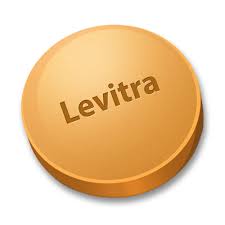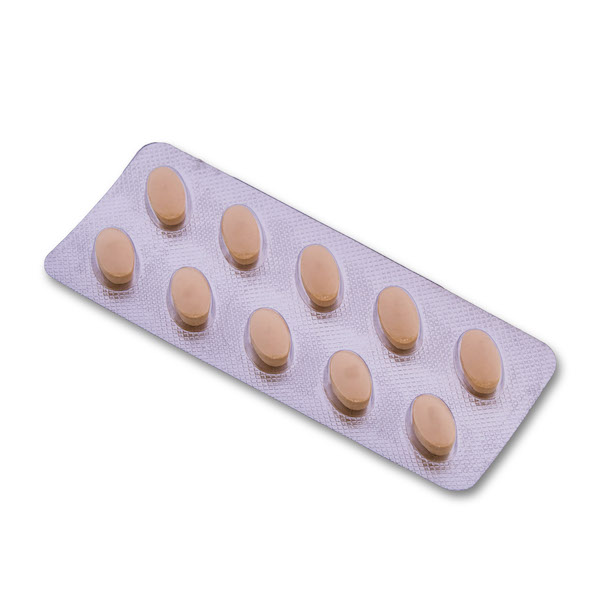
Sredstva Za Sproscanje Misic: Understanding Muscle Relaxants
In our fast-paced lives, muscle tension and discomfort have become all too common. To alleviate this issue, many individuals seek solutions categorized under Sredstva Za Sproscanje Misic. Muscle relaxants are a diverse group of medications designed to ease muscle stiffness and spasms. For a deeper understanding of these agents, including their types, uses, and alternatives, you can check the detailed resource here: Sredstva Za Sproscanje Misic https://lekarnaskupaj.si/sredstva-za-sproscanje-misic/.
What Are Muscle Relaxants?
Muscle relaxants are medications that help reduce muscle tension and alleviate pain associated with muscle spasms or spasms due to conditions such as multiple sclerosis, back pain, or injuries. These drugs act either at the level of the brain or the spinal cord, or directly on the muscle fibers themselves to promote relaxation.
Types of Muscle Relaxants
There are two primary types of muscle relaxants: central nervous system (CNS) depressants and direct acting muscle relaxants.
CNS Depressants
These medications work by depressing the central nervous system, leading to reduced muscle tone and spasm. Common CNS muscle relaxants include:

- Baclofen: Often prescribed for back spasms and spasticity associated with multiple sclerosis.
- Carisoprodol: Frequently used for acute musculoskeletal conditions.
- Diazepam: Known for its efficacy in treating muscle spasms and anxiety.
- Tizanidine: This is often used for muscle spasms that are caused by multiple sclerosis or spinal cord injuries.
Direct Acting Muscle Relaxants
These agents work directly on skeletal muscle, inhibiting muscle contraction and helping to relieve tightness. An example includes:
- Dantrolene: This medication is particularly useful for treating malignant hyperthermia and muscle spasticity.
Uses of Muscle Relaxants
Muscle relaxants are commonly prescribed for a variety of conditions:
- Acute musculoskeletal pain (e.g., from injuries or strains)
- Chronic conditions such as multiple sclerosis or cerebral palsy
- Post-surgical recovery
- Treatment of conditions like fibromyalgia or myofascial pain syndrome
Potential Side Effects
While beneficial, muscle relaxants come with potential side effects that users should be aware of:

- Drowsiness and fatigue
- Dizziness and light-headedness
- Dry mouth
- Confusion, particularly in older adults
- Dependence and withdrawal symptoms with prolonged use
Natural Alternatives to Muscle Relaxants
For those who prefer not to use pharmaceutical muscle relaxants, there are several natural options available that may help with muscle tension and pain relief:
- Magnesium: This mineral plays a crucial role in muscle function and can help minimize cramps.
- Stretching and Yoga: Regular stretching and yoga practice can improve flexibility and reduce muscle tension.
- Heat Therapy: Applying heat can help soothe muscle stiffness, enhancing relaxation.
- Herbal remedies: Certain herbs, such as valerian root and chamomile, are known for their calming effects on the muscles.
Consultation with Healthcare Professionals
It is crucial for individuals considering muscle relaxants or alternative therapies to consult with healthcare professionals. They can provide advice tailored to specific health needs, potential interactions, and safe usage. Many factors, including age, medical history, and concurrent medications, can influence the most suitable option and dosage.
Conclusion
Understanding Sredstva Za Sproscanje Misic is essential in the pursuit of relief from muscle tension and discomfort. While muscle relaxants can provide quick relief, their use should be monitored by a healthcare professional to minimize risks and side effects. Additionally, exploring natural alternatives can offer safe and effective options for maintaining muscle health and comfort. Whatever the approach, acknowledging and addressing muscle pain is a crucial step toward overall wellness.
